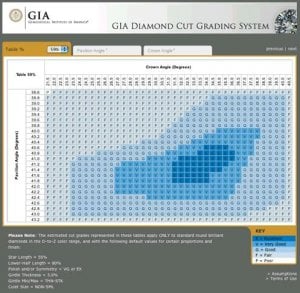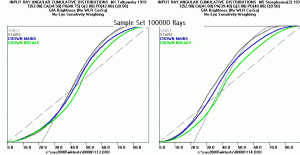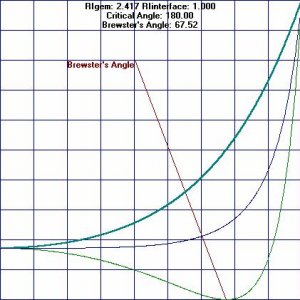adamasgem
Brilliant_Rock
- Joined
- May 23, 2003
- Messages
- 1,338
GIA, in their biweekly online newsletter "Insider" showed an openly published example of the NEW lookup tables for FacetWare, the example shown below under educational fair use
Once again, there is the typical licensing agreement you have to "agree to" to access the tables, which I haven''t done, because that would "prevent" me from reproducing in order to comment on them..
Here is the link, just in case, somehow, the complete set of tables should anonomously wind up in my email inbox..
http://www.diamondcut.gia.edu/06_estimating_a_cut_grade.html

Once again, there is the typical licensing agreement you have to "agree to" to access the tables, which I haven''t done, because that would "prevent" me from reproducing in order to comment on them..
Here is the link, just in case, somehow, the complete set of tables should anonomously wind up in my email inbox..
http://www.diamondcut.gia.edu/06_estimating_a_cut_grade.html










300x240.png)